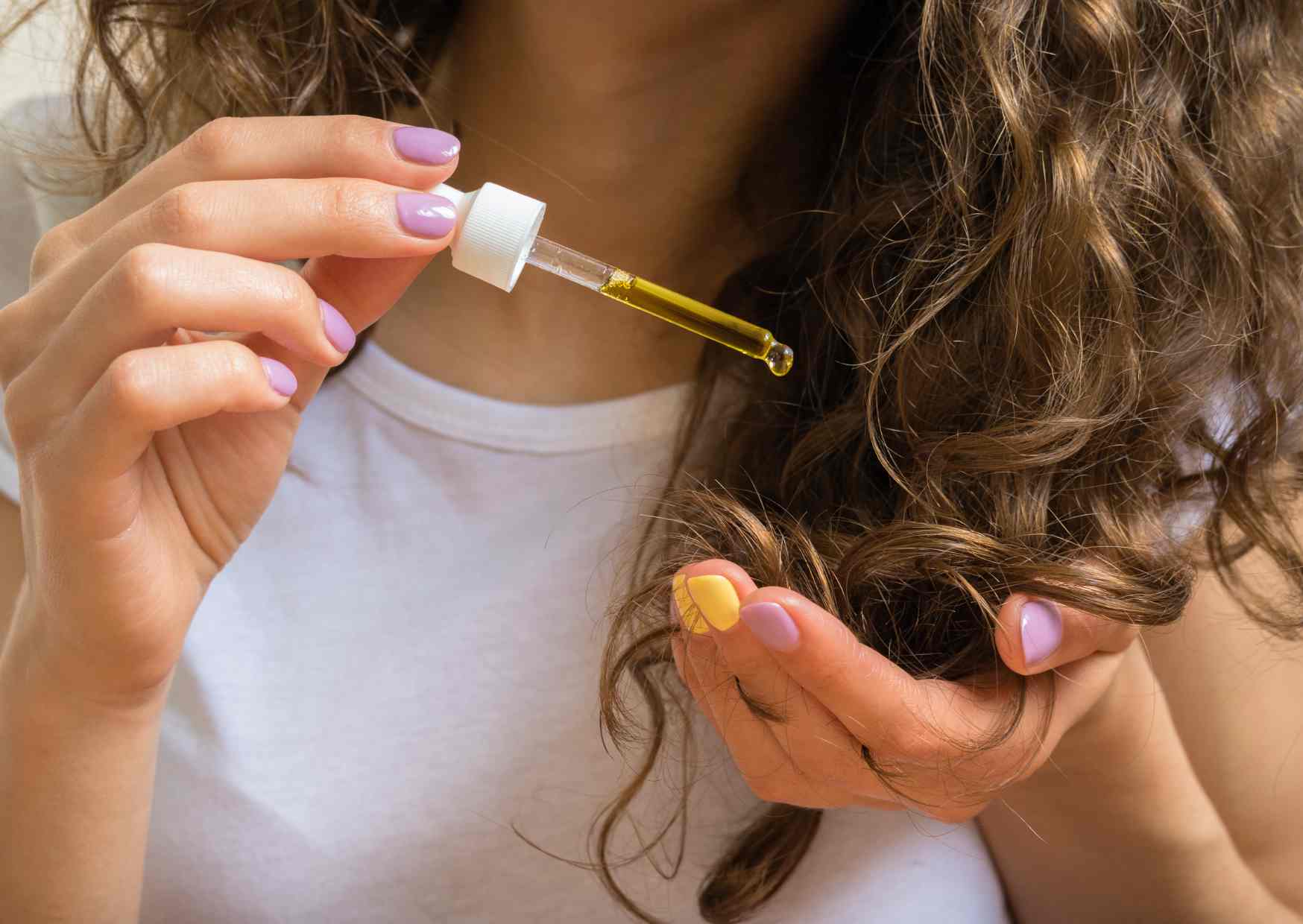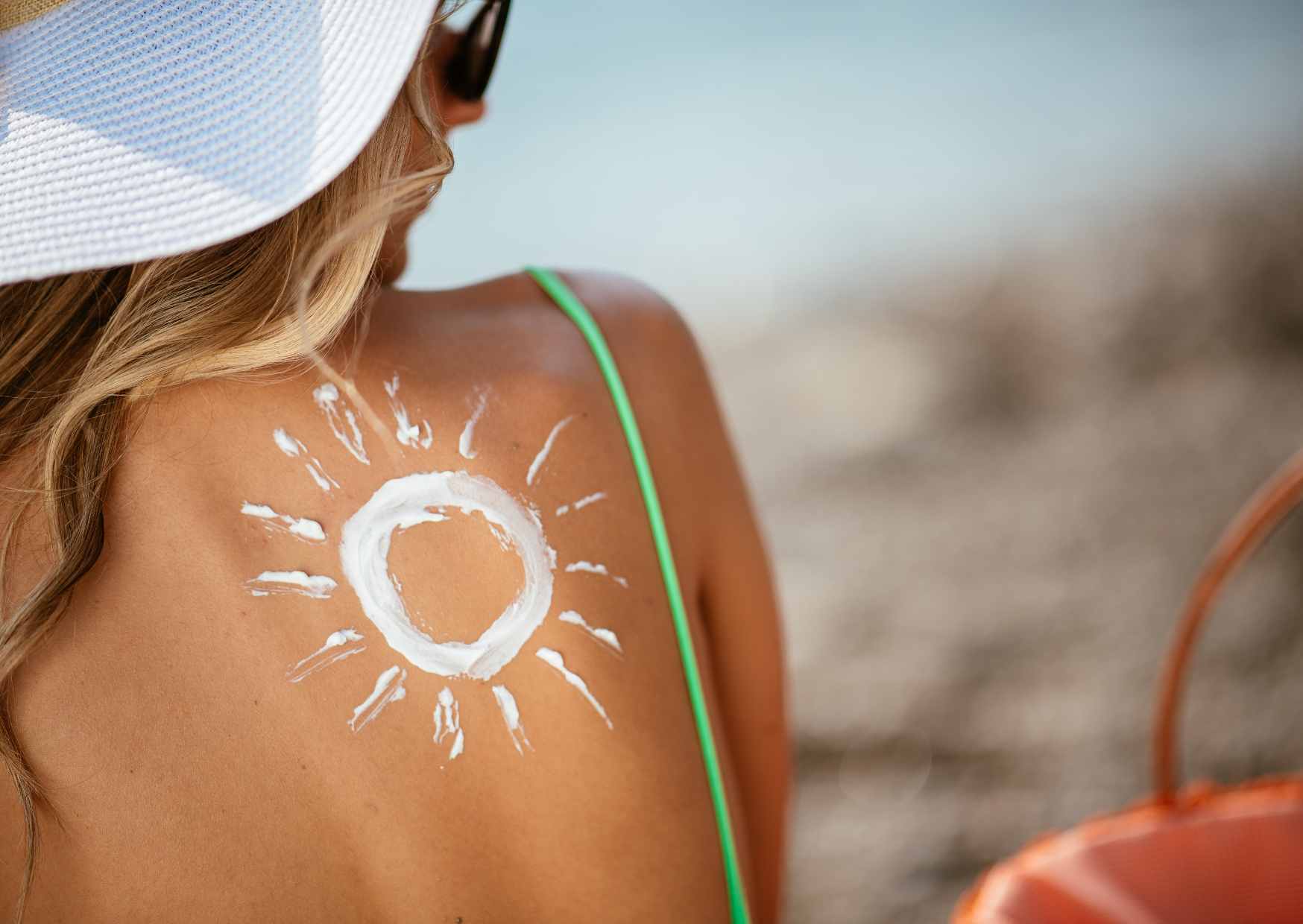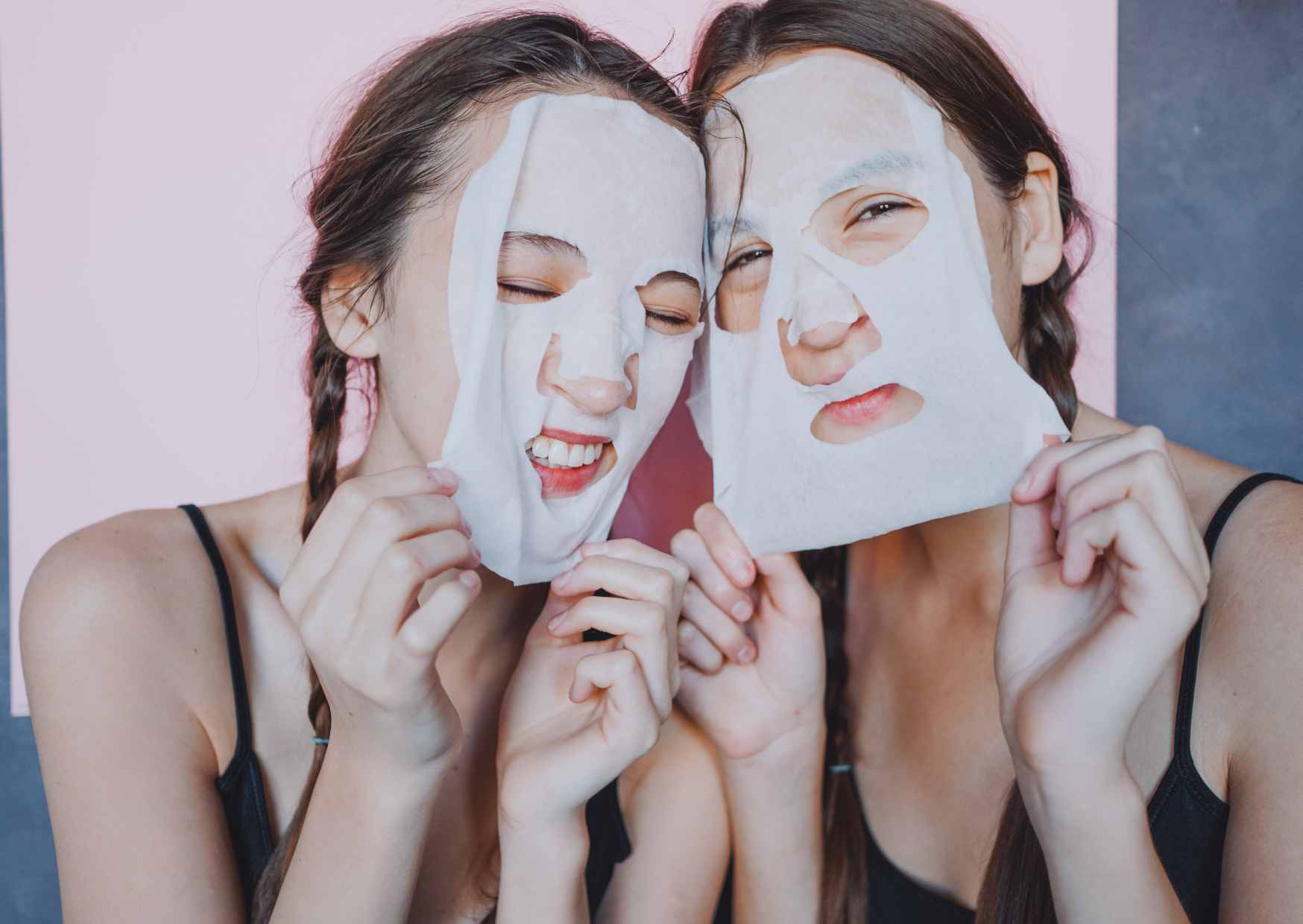Beauty & Personal Care
-
As the sunny days of summer fade and the cool, crisp air of autumn arrives, your skin faces a whole new set of challenges. Lower humidity, chilly winds, and temperature changes can leave skin dry, tight, and sensitive. That’s why fall is the perfect time to focus on repair and deep hydration — and one powerful marine ingredient is making waves in skincare: Fucoidan.
-
As research continues to highlight that not only UVB and UVA but also blue light and infrared A (IRA) contribute to long-term skin damage, scientists and industry experts are calling for broader and more sophisticated sun protection strategies. Sunscreen should no longer be seen as a single shield, but rather as a comprehensive system that combines prevention, real-time defense, and post-exposure repair.
-
Cosmetic raw materials are the essential substances used to create beauty products such as lotions, creams, serums, and makeup. These ingredients form the backbone of cosmetic formulations, each contributing specific functions to the final product. Raw materials can be natural or synthetic and are selected based on their safety, efficacy, and compatibility with other ingredients.
-
Regular workouts are great for your body and mind, but they can take a toll on your skin. Sweat, heat, and friction can lead to clogged pores, breakouts, and irritation. To maintain healthy skin while staying active, follow these five essential post-workout skincare tips.
-
When selecting beauty products, Gen Z considers several major factors that shape their purchasing decisions:
Sustainability: Nearly two-thirds (67.7%) consider sustainability important when choosing beauty products. Over half (56.2%) are willing to pay more for sustainably sourced or ethically produced items. For "Adventurous Beauty Shoppers"—those who try at least one new brand per month—sustainability is particularly significant. -
In the rapidly evolving skincare industry, the demand for bioactive, natural ingredients with multifunctional benefits is higher than ever. Among the rising stars in marine-based skincare, fucoidan—a sulfated polysaccharide extracted primarily from brown seaweed—has drawn increasing attention. But how does it compare in terms of effectiveness with more established skincare ingredients such as hyaluronic acid, niacinamide, or retinol?
-
A recent study published in the international journal Molecules reveals that polysaccharides extracted from Japanese kelp (Laminaria japonica), when processed to reduce their molecular weight, demonstrate powerful anti-inflammatory activity. These findings highlight the potential of hydrogel dressings derived from this ingredient to significantly accelerate wound healing. The study was conducted by researchers at the School of Food Science and Engineering at the South China University of Technology. Their work underscores the remarkable bioactivity of Japanese kelp polysaccharides, offering a scientific foundation for their use in advanced wound care products.
-
As the demand for natural skincare ingredients continues to grow, seaweed has emerged as a star ingredient in the beauty industry. Backed by scientific research, seaweed is recognized for its ability to enhance skin quality, slow signs of aging, and strengthen the skin barrier.
-
Fucoidan has been extensively studied for its antioxidant and anti-inflammatory properties, making it an ideal ingredient for anti-aging products. It effectively reduces free radical damage and slows down the aging process of cells. Additionally, research has shown that fucoidan can stimulate the activity of hair follicle cells, promoting hair growth. This is undoubtedly great news for those who want to maintain youthfulness and have healthy hair.
-
With the advancement of technology and growing environmental awareness, the beauty industry in 2025 is set to see several key trends. These trends not only reflect changing consumer demands but also showcase the future direction of the industry.
-
More people are joining the ranks of ocean-friendly enthusiasts, and it's vital for us to understand the impact of non-ocean-friendly products on our environment. While a dedicated few are already making a difference, it's time for everyone to get involved. Together, we can create a healthier environment and a better future.
-
With the rise of social media, there's an increasing concern about how it influences kids' and teenagers' perception and pursuit of beauty. They might think that applying more products equates to better skincare, but that's not necessarily true. A common scenario among teenagers involves using products like BB cream daily to cover up skin imperfections such as acne. However, without proper understanding of makeup removal, moisturizing, or comprehensive skincare, these habits can lead to skin deterioration over time.Teenagers often overlook the fundamentals of a healthy skincare routine. It's essential to educate teenagers on the proper skincare regimen, helping them understand what their skin truly needs at this age. While their skin is still youthful, there’s no need for excessive anti-aging products. Instead, focus on sun protection and proper skincare habits.













